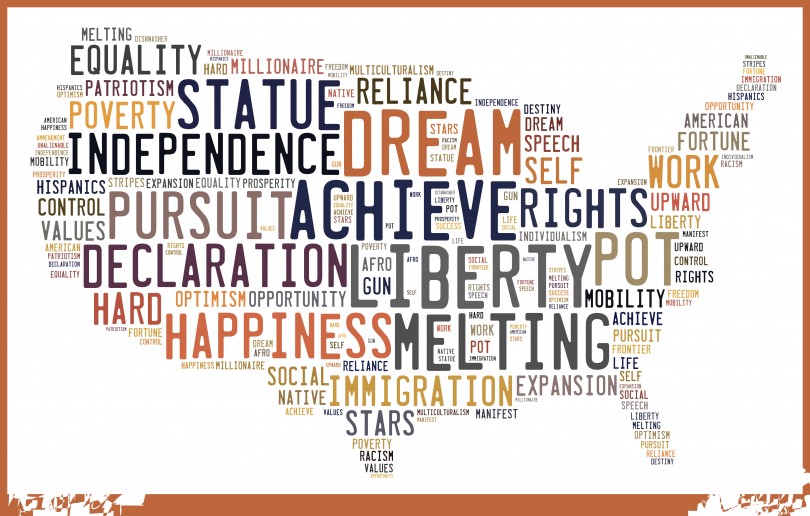The American dream: where equal opportunity is available to any American, allowing the highest aspirations and goals to be achieved.
However, the American dream isn’t actually “American.”
America was just the first place it came true for many people. This was due to two things: democracy and freedom for supposedly everyone. However, is this dream still reachable today?
In 1931 John Truslow Adams’ best selling book “Epic of America” credited the American dream with having “lured tens of millions of all nations to our shores.” This popularized not only the term but the ideology of it.
The American dream is often viewed as continuous generational improvement or economic improvement by generation. In other words, gaining social mobility and being better off than your parents.
This was achievable in America’s past due to our “classless” society; America was founded with so-called no exclusion to any individual, which led to a society that, with exceptions, was largely merit-based. In the past, the American dream mainly applied to white people; however, thankfully, it gradually became much less limited by color and gender.
Today a new system, largely based on wealth, has appeared.
Though America is commonly referred to as a “classless society,” in this day and age, the social classes you are in and what socioeconomic background you have determines the vast majority of your future. According to a 2006 Economic Mobility study, 42% of Americans raised in the bottom fifth of incomes stayed there as adults. That shows a level of persistent disadvantage that now exists in America; we have now become similar to other countries such as Great Britain, famous for its class restraints.
This study found the importance of family background in one’s future, furthering the idea that the American dream now is no longer what it was. It takes money to get money, and the lack thereof makes it extremely hard to rise in social status.
Similarly, a survey of Americans by Pew in 2015 showcased this emerging class bias. Americans across the country were asked whether they would choose financial security or moving up the income ladder — 92% chose security.
The Pew surveys show that Americans are now downsizing their belief of the traditional American dream by giving up ideas of social mobility in exchange for monetary stability, leaving the American dream to just that: a dream.
Other countries, such as Canada and Finland, are now rumored to be the new home of the American dream. Canada and Finland have become much more merit-based than America because of the equality in their educational systems for all socioeconomic groups, whereas America has fallen well short of that equal educational opportunity: the lack of good education in lower socioeconomic areas is pervasive. Without the income necessary to live in better school districts, lower-income families cannot invest in their children’s future. Which, in turn, creates a generational barrier.
In this day and age, the American dream in America is significantly harder to achieve because of social classes and money. Back in the day, the freedom of America’s classless society allowed the American dream to be a reality; however, with the social classes now, it leaves the American dream as a dream. Unless you come from a higher socioeconomic background, the American dream is now out of reach for many.













